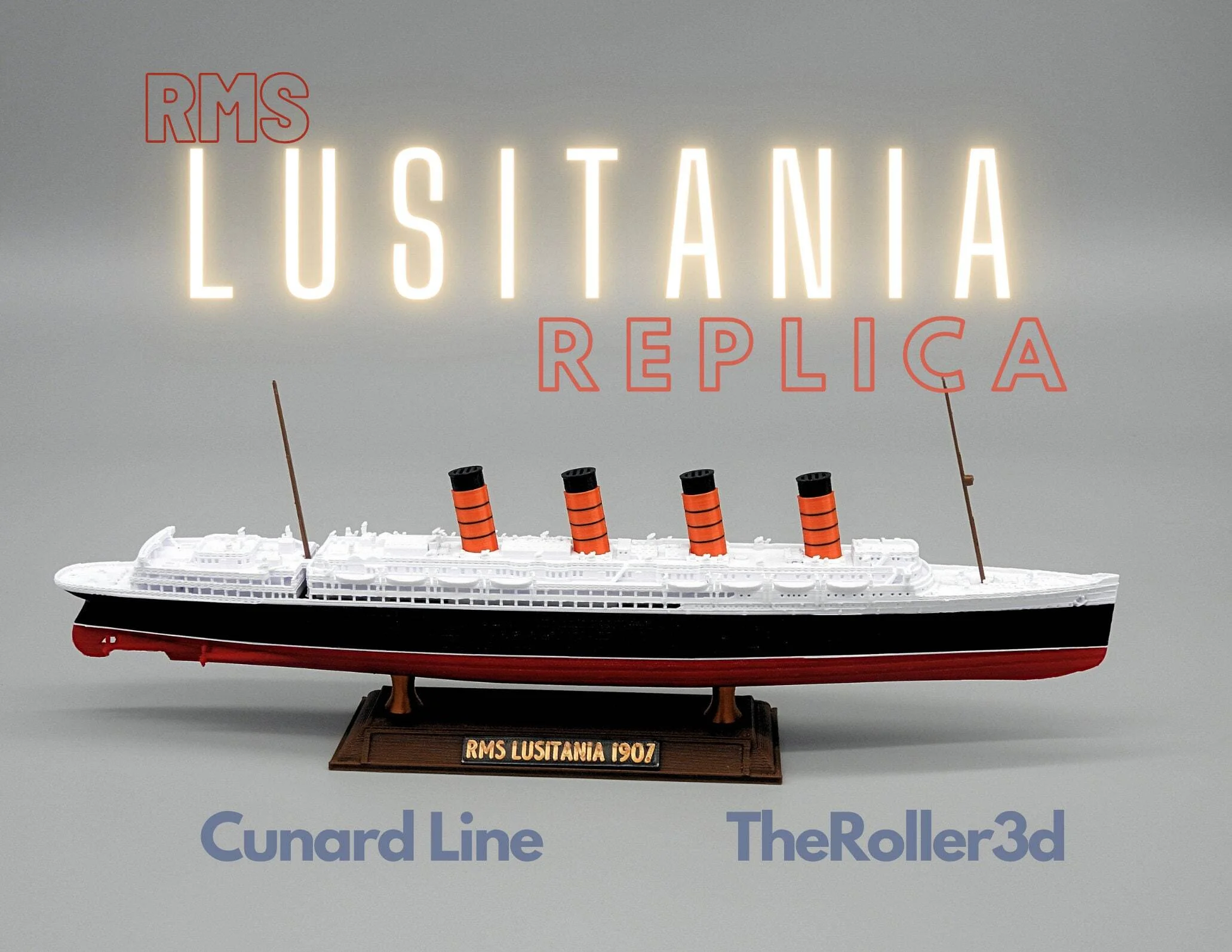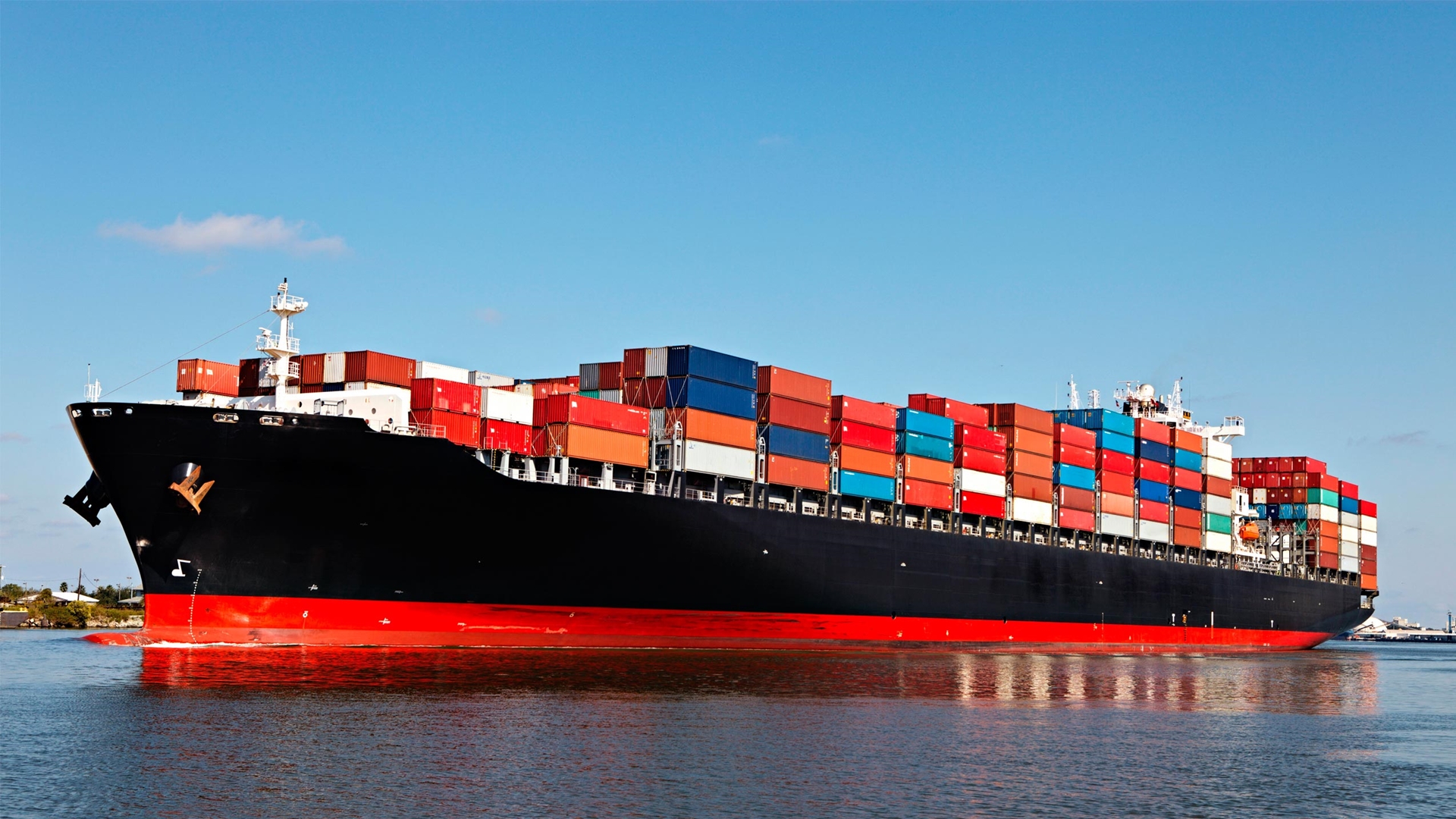The RMS Lusitania was a British ocean liner that was sunk by a German U-boat on 7 May 1915, en route from New York City to Liverpool. The sinking resulted in the loss of 1,198 lives, making it one of the deadliest maritime disasters of the 20th century.
A Luxurious Liner
The Lusitania was a magnificent ship, known for its speed, luxury, and elegance. It was one of the largest and fastest passenger ships of its time, capable of crossing the Atlantic Ocean in record time. The ship was equipped with a wide range of amenities, including spacious cabins, elegant dining rooms, and luxurious lounges.
The Sinking
On 7 May 1915, the Lusitania was torpedoed by a German U-boat off the coast of Ireland. The ship sank within 18 minutes, causing widespread panic and confusion among the passengers and crew. Many people were trapped below deck, unable to escape the rapidly sinking ship. The sinking of the Lusitania had a profound impact on public opinion, particularly in Britain and the United States. It was seen as a brutal act of war and helped to galvanize support for the Allied cause in World War I.
A Controversial Sinking
The sinking of the Lusitania remains a controversial topic. While Germany argued that the ship was carrying munitions, the British government denied this claim. The incident also raised questions about the neutrality of the United States, which had been trading with both Britain and Germany.
The Legacy of the Lusitania
The Lusitania’s tragic sinking has been the subject of numerous books, films, and documentaries. It remains a powerful reminder of the human cost of war and the fragility of life at sea. The ship’s legacy continues to fascinate and intrigue, inspiring generations to learn more about this maritime disaster.
Would you like to know more about the RMS Lusitania or other historical maritime events?





